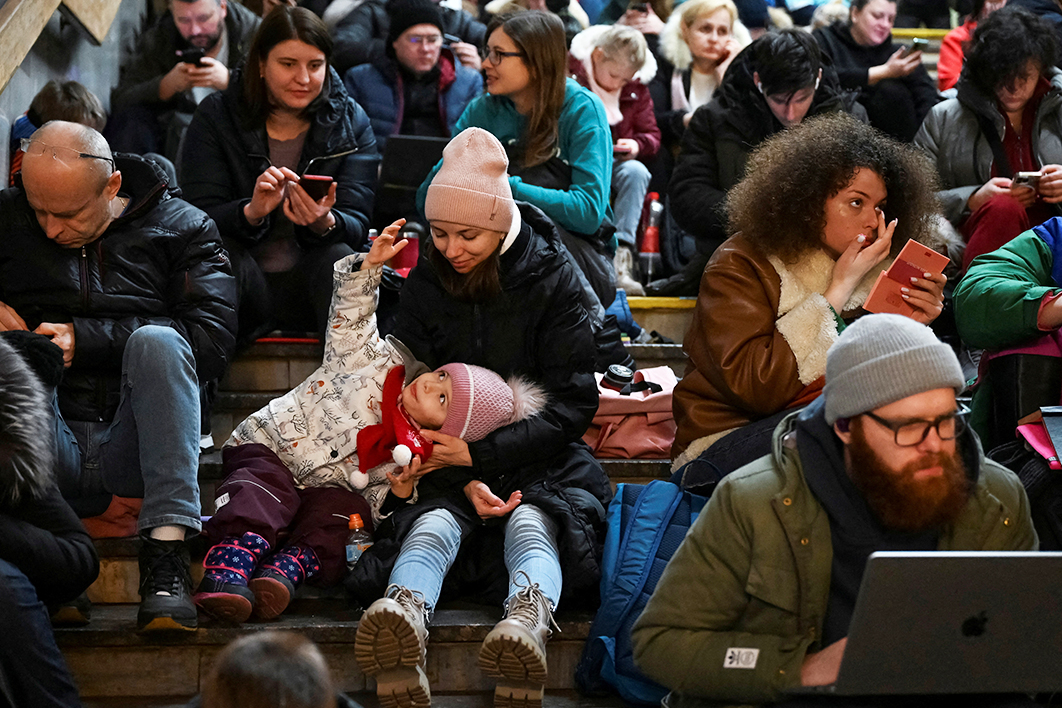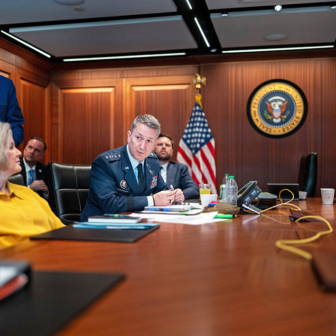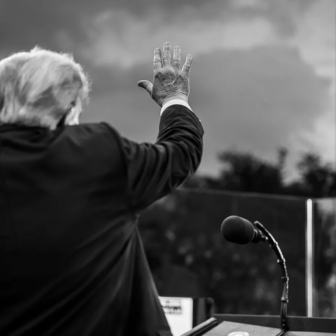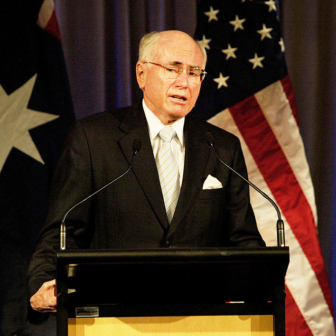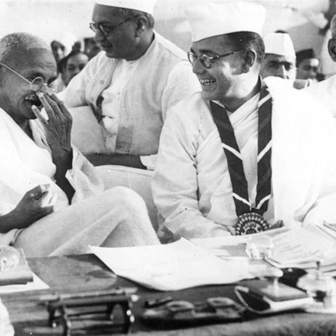Arriving in Ukraine early in this European winter, I was struck by how dark the streets are at night. The sun sets early, and all but essential streetlights are switched off to save electricity. The howl of air-raid sirens has grown familiar, as has the percussion of air defence systems. Kyiv residents tell you that they can identify the nature of an air attack even from their basements: the lawnmower-sized engine of an Iranian-made Shahed drone, perhaps, or the whine of larger missiles as they lose altitude.
By daylight, the city can feel like its near neighbours, Warsaw and Budapest. Stalinist buildings line the Khreshchatyk, Kyiv’s main boulevard, and the skyline is punctuated by the golden spires of churches. Dogs wrapped in winter jackets are out for walks, couples stroll hand in hand. But at night, once you realise the street’s illumination comes from the bobbing headlamps of pedestrians and dogs wearing glow-in-the-dark collars, it is impossible to forget the war and how it has transformed this city.
Some of the most visible changes have been to names. Russian places and heroes have been expunged from streets and squares, which have been rebaptised with Ukrainian names that better reflect the national mood. Moskovska Street, named for the Russian capital, has become Kniaziv Ostrozkykh Street, after a branch of Ukrainian medieval nobility; Piterskaya (St Petersburg) Street is now London Street. In their failed attempt to conquer Kyiv, Russia has accelerated the derussification of the city. Globally, news outlets now refer to the Ukrainian-derived “Kyiv” rather than the previously common Russian-language “Kiev.”
While the Russian advance on the capital from the north was repulsed early in the war and the front lines of battle now lie in the east and south of Ukraine, the country remains under indiscriminate attack from the sky. Civilians are at constant risk: reports come in frequently of people killed in their own homes or on streets they have known for decades. Despite a morale-lifting visit this week by US president Joe Biden, residents are tensely awaiting the anticipated anniversary bombardment.
The near-daily alarms have forced mental acrobatics of a variety that I could not previously have envisaged. Each siren that goes off — and activates a flurry of notifications on my phone, this being a truly twenty-first century war — triggers decision-making that feels life-and-death and black-and-white, and yet also very mundane.
When a siren first sounds, it typically indicates that the launch of an offensive airborne attack has been detected. Because Kyiv is in Ukraine’s central heartland, we have a window of opportunity; a heavy pause during which we track the attack’s progress through Twitter feeds and Telegram chats.
There’s usually time for me to finish my shower or brew a thermos of coffee, recognising that these attacks can trigger emergency utility shut-offs. Based on the stream of real-time updates, I decide if I will shelter in my bathroom (the safest place in my apartment, away from external walls) or in the basement shelter across the road.
Some days the attack doesn’t materialise; on others, explosions echo across the city. Later, when our mobile phones buzz to tell us the alert is over, the catch in my throat releases, and everyone moves along with their day.
Resilience is a point of collective pride. The national ballet performs to a full theatre even as the corps is thinned by displacement and enlistment. Weekends see Kyiv’s bars and restaurants packed with patrons toasting to victory (“za peremoga”) before returning home ahead of the curfew. Refusing to be cowed by cuts to electricity, venues are illuminated by candles and fairy lights, and the city hums with generators. People distribute powerbanks among their friends as though sharing cigarettes.
The city’s citizens have fashioned a new normal. Patriotism is in vogue, and Pantone’s freedom blue and energising yellow are the colours of the season. Alongside more conventional military heroes, people honour train conductors and energy workers. One of my favourite cocktail bars shakes a “Ukrainian dream” (rum, baked-apple infused vermouth and bitters) and a “return to the sun” (rum, amaretto, cardamom bitters, vanilla syrup and lemon). They taste of hope, and of supply chains from the West that have not been cut.
No blueprint exists for how best to respond to war; no guidance manual spells out which parts of life one should pause and which continue. I’ve had my hair cut by headtorch swaddled in a blanket in a dark and unheated salon, and attended candlelit concerts with packed audiences. Adaptation is the byword, and a determination that life must go on.
Ukrainians have long known war: their country’s territory has been contested for centuries, and Russia’s annexation of Crimea in 2014 and support for breakaway republics in the east have made military offensives and civilian displacement part of the everyday national narrative. But it was the launch of the full-scale invasion on 24 February last year that brought war home. Everyone remembers where they were that day, and in the terrifying weeks afterwards.
Today, Ukrainian colleagues can name the weaponry the country is requesting from its allies as though rattling off a weekly shopping list. They recite casualty statistics and updates on movement in the frontline. They give friendly advice on the nearest bomb shelter when an air-raid siren goes off.
Absorbed in conflict of a scale few imagined, the darkness of Kyiv’s night-time streets goes nearly unmentioned. Between air strikes, the bartenders keep pouring and the musicians keep playing. •
